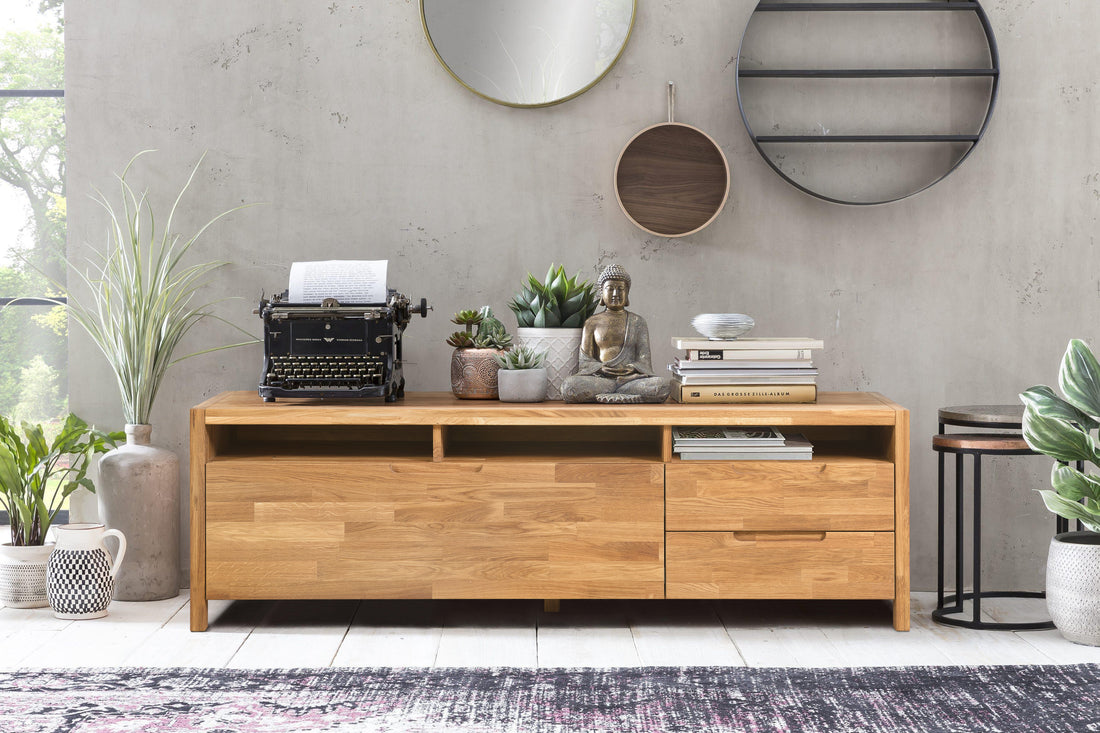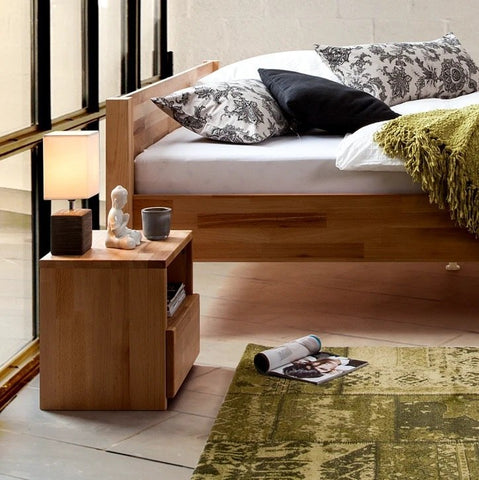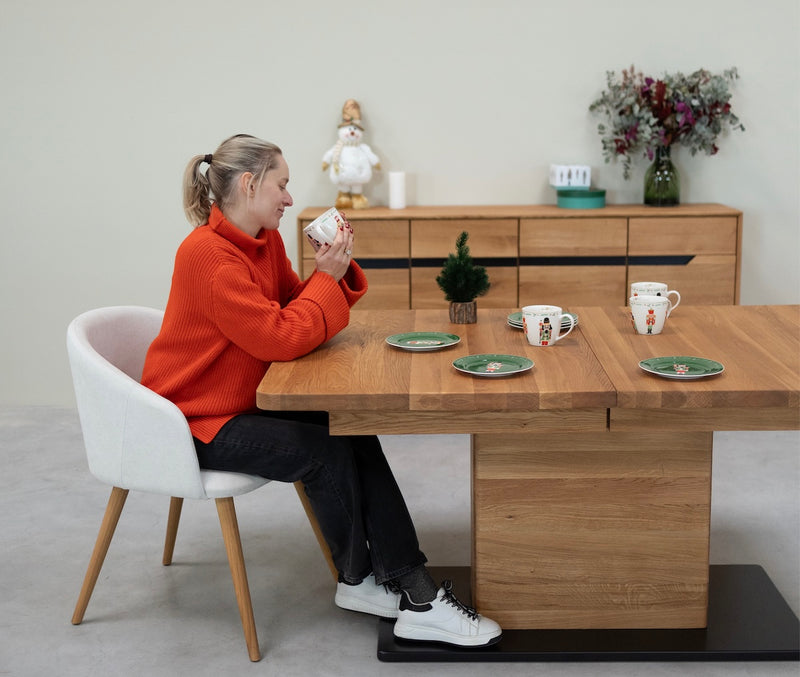
You may not think Japan and Scandinavia have much in common, but when it comes to home design, they're a lot more similar than you think. The aesthetics of each focus on simplicity, natural elements and comfort, so it's no wonder we're seeing more and more designers merging the two styles and calling it "Japandi" (aka Japanese and Scandinavian). Although it's a relatively new trend, expect to see Japandi popping up on your Instagram feeds this year.
What is Japandi design?
According to Leni Calas of Ward 5 Design, "Japandi design is the combination of Scandinavian functionality and Japanese rustic minimalism to create a sense of art, nature and simplicity." This fusion creates the perfect combination of function and form, focusing on clean lines, bright spaces and light colors.
What are Japandi's elements?
The perfect fusion of Japanese and Scandinavian, Japandi design focuses on simple, minimalist designs that are aesthetically pleasing yet rooted in function.
According to Calas, expect to find a lot of natural materials, muted colors, clean lines and minimal, but well-kept furniture. Japandi's design is not sparse, but it is intentional.
Japandi styles feature beautiful craftsmanship with a focus on quality and handmade pieces over inexpensive, disposable structures. You'll also see a lot of neutral colors and paint choices to complement Japandi furniture and accessories. Generally, soothing, calm and peaceful palettes are chosen, and when brighter colors are incorporated, they are done in a meaningful and subtle way.
In addition, Japandi styles often emphasize sustainability. The prevalence of natural materials and simple designs make it a great green decorating style. With more and more consumers seeking an eco-friendly aesthetic, Japandi's popularity comes as no surprise.
How Japanese and Scandinavian styles work together
If you're familiar with Scandi design , you've probably come across the notion of "Hygge". This is the Scandinavian concept of comfort and homeliness in design, and it has gained increasing popularity in the U.S. in recent years. Basically, your home should be your sanctuary and should give you a sense of comfort every time you walk in the front door.
Now, merge that idea with the Japanese notion of "wabi-sabi," or the idea that there is beauty in imperfection, and you create the harmonious marriage that is Japandi. Japanese and Scandinavian design styles work very well together because they are both based on simplicity and comfort. The shared aesthetics of the two come together to create a style that is both relaxed and sophisticated.
And where the two approaches diverge, their differences actually complement each other. Where Japanese interiors are elegant, Nordic interiors are rustic. The richer (but still neutral) colors of Japanese design help keep the crisp, raw palettes of Scandinavian homes from feeling clinical or cold.
How can I decorate in japandi style?
If you're a fan of minimalism and "Hygge," you've probably already started experimenting with the Japandi style. To really play with this style, focus on natural materials such as unfinished woods or oak pieces that bring the feeling of nature and simplistic beauty. Calas recommends using muted colors with touches of pale green or bringing plants and greenery into your home to give it an outdoor living feel.
Reducing clutter is also key to achieving Japandi style. This design aesthetic focuses on clean lines and open spaces. But if you have an active home and struggle to find that minimalist look, Calas recommends trying "faux minimalism" with natural containers like boxes and baskets, built-in furniture or folding screens to hide excess stuff and keep your space clutter-free.
To get the best of both worlds, take advantage of the comfort of Scandinavian design with warm textures and soft pieces while maintaining the elegance of Japanese decor. While both styles focus on the utilitarian, it's important to maintain a sense of zen-like calm in your space.
Because Japandi design focuses on craftsmanship, it is not meant to be disposable. Look for pieces that will stand the test of time and work with your decor for many years to come. It's a clear antidote to the single-use culture we've embraced for so long. Instead, focus on pieces that are sustainable and safe for our planet.
Although both Japanese and Scandinavian décor are not new, the combination of the two is sure to be a growing trend in the coming years.
If you like this concept and you want to bring some nature to your home, visit Oak.Store, we will help you choose natural wood furniture.


